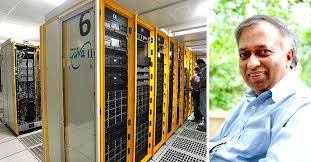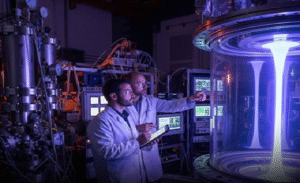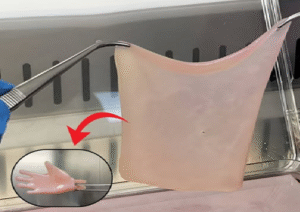PARAM 8000 was India’s first supercomputer, developed by the Centre for Development of Advanced Computing (C-DAC) in Pune, Maharashtra, in 1991. It was created as part of India’s national initiative in supercomputing, led by Dr. Vijay P. Bhatkar, who is considered the architect of India’s supercomputing mission. The development of PARAM 8000 was a response to the United States’ denial of the Cray supercomputer to India due to technology embargoes.
Performance: Capable of one billion floating point operations per second (1 GFLOPS).
Architecture: Distributed-memory MIMD (Multiple Instruction, Multiple Data) architecture.
Processors: Used INMOS T800 transputers (British microprocessors).
Operating System: UNIX-based.
Parallel Processing: PARAM 8000 utilized a parallel processing approach, which was an advanced technique at that time.
India’s Supercomputing Independence: The success of PARAM 8000 marked India’s entry into high-performance computing, reducing dependence on foreign technology.
Global Recognition: PARAM 8000 was ranked among the world’s fastest supercomputers in 1991.
Export Success: India exported PARAM 8000 to several countries, including Germany, UK, and Russia.
Foundation for Future PARAM Series: It led to the development of the PARAM series of supercomputers, such as PARAM 8600, PARAM 10000, PARAM Padma, PARAM Yuva, and PARAM Siddhi-AI.







